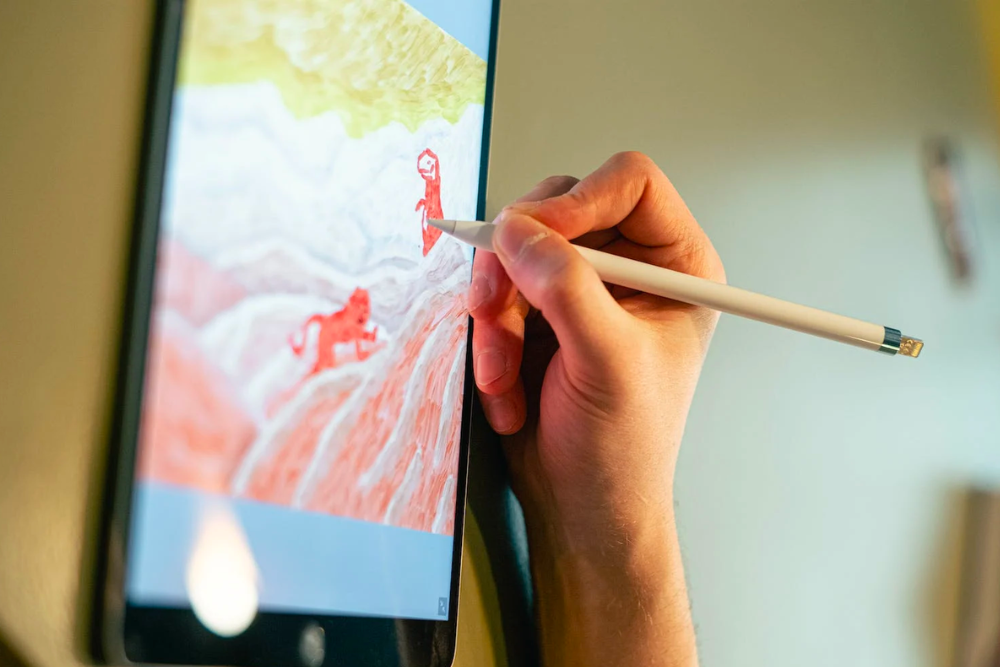The Origins of Digital Art
Digital art, as we know it today, has come a long way since its humble beginnings. The origins of digital art can be traced back to the 1950s, when computers were first being used for scientific and mathematical purposes. It was during this time that artists and programmers began to experiment with using computers as a tool for creating art.
Early digital art was primarily created using simple line graphics and basic shapes. Artists would input commands into the computer, which would then generate the desired image on the screen. This process required a deep understanding of computer programming and was often limited by the capabilities of the technology at the time.
The Rise of Digital Painting
As technology advanced, so did the possibilities for digital art. In the 1980s, the introduction of more powerful computers and graphics software allowed artists to create more complex and detailed digital paintings. This marked the beginning of a new era for digital art, as artists were no longer limited by the constraints of traditional mediums.
Digital painting quickly gained popularity among artists, as it offered a wide range of possibilities and creative freedom. Artists could now experiment with different brushes, textures, and colors, all without the need for physical materials. This newfound flexibility allowed for greater experimentation and innovation in the world of art.
The Impact of Digital Art
The rise of digital art has had a profound impact on the art world as a whole. It has opened up new avenues for artistic expression and has challenged traditional notions of what art can be. Digital art has also made art more accessible to a wider audience, as it can be easily shared and distributed online.
One of the key advantages of digital art is its ability to be easily reproduced and manipulated. This has led to the emergence of new art forms, such as digital collage and digital animation. Artists are now able to create dynamic and interactive pieces that engage viewers in ways that traditional art cannot.
The Future of Digital Art
As technology continues to evolve, so too will the possibilities for digital art. The advent of virtual reality and augmented reality technologies holds great potential for the future of digital art. Artists will be able to create immersive and interactive experiences that blur the lines between the physical and digital worlds.
Furthermore, advancements in artificial intelligence and machine learning are likely to have a significant impact on the field of digital art. Artists may be able to collaborate with intelligent algorithms to create truly unique and innovative works of art.
In conclusion, digital art has come a long way since its early days. From simple line graphics to immersive virtual reality experiences, digital art has revolutionized the way we create and experience art. Its influence on the art world is undeniable, and as technology continues to advance, the possibilities for digital art are only set to grow.



































